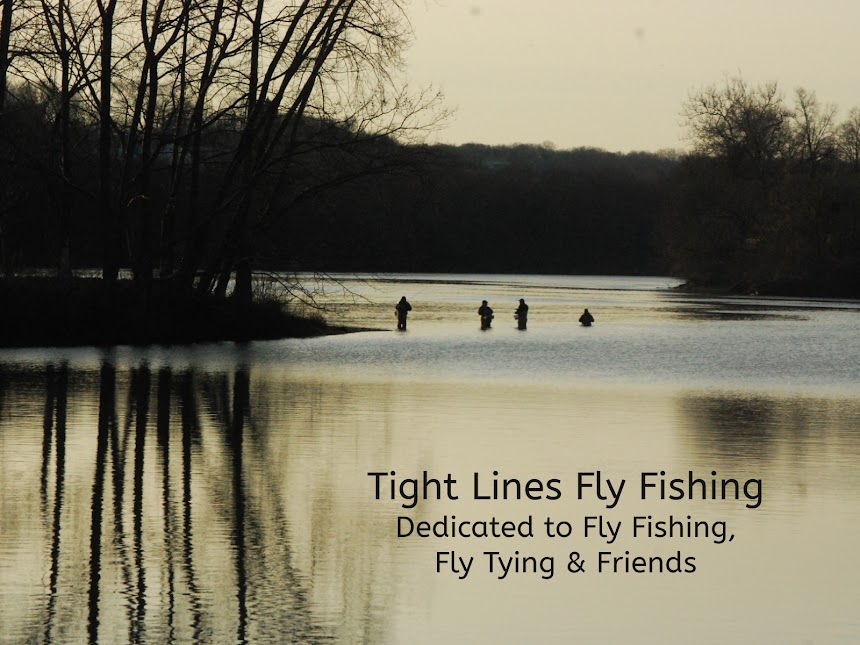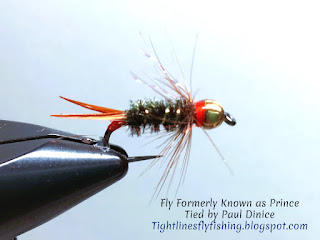Kennebago Smelt
Hook: Mustad 3655A or
preferred Size #2-#8 Streamer hook 4X Long.
Thread: UTC 70 Denier Black.
Body: French Oval Tinsel in Silver; palmered over
Silver Mylar Tinsel.
Belly: Sparse White Bucktail.
Throat: Yellow Saddle Hackle Fibers.
Wing: Sparse Red Bucktail; over which is Sparse Blue Bucktail; over
which is a Black Blood Quill Marabou
Feather; over which are 5-6 Fibers of Peacock Hurl.
I love streamers that have marabou incorporated in their wings. This is one of my favorites. It was developed by a Maine Game Warden guide named Bud Wilcox. It was primarily used for landlocked salmon but it’s a great ‘trout’ fly as well.
Begin by placing your hook in the vise and starting your thread an eye length and a half behind the hook eye. Make touching wraps back to the bend. Cut off your tag. Tie in your Oval Tinsel Rib by first stripping the end of the Oval Tinsel to expose the center core. This will reduce the size of your ‘tie in’ point. Next, tie in your Silver Mylar Tinsel. Bring your thread back to the initial tie in point, creating an even thread body on the way. Wrap your body with the Silver Mylar Tinsel and capture it with your thread. Making ‘open spiral’ turns rib the body of the fly with your Oval Tinsel. Capture and cut off the tag end.
You are now going to tie in the White Bucktail Belly of the fly. It should extend just past the bend of the hook. Once secured, cut off the butt ends of the Bucktail. Next, tie in your throat of Yellow Saddle Hackle Fibers on top of the Bucktail. Using approximately 10-14 fibers, your throat should extend halfway down the underside of the hook shank. Cut off the excess butt ends.
Next, tie in your wing of sparse Red and Blue Bucktail. Tie in the Red Bucktail first (8-10 fibers), over which is Blue Bucktail (8-10 fibers). They should extend past the bend of the hook and even with your belly. After securing your Bucktail and cutting off the butt ends, tie in your Black Marabou Feather. It will be the same length as the Bucktail. After securing it cut off the butt end and with your thread create a smooth uniform head. Top this with 5-6 strands of Peacock Hurl. Cut off the butt ends and create a unform head. Whip finish the head and coat it with head cement. Your fly is complete.
If you have any questions about this fly or would like to submit a Fly of The Month I can be reached at pdinice@frontier.com .















